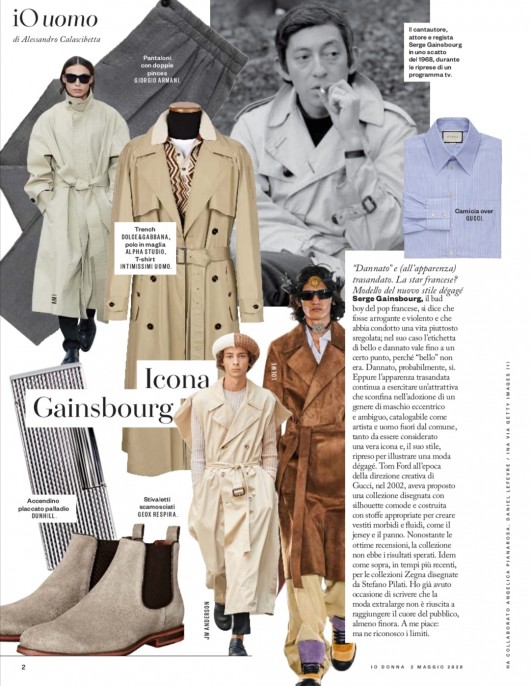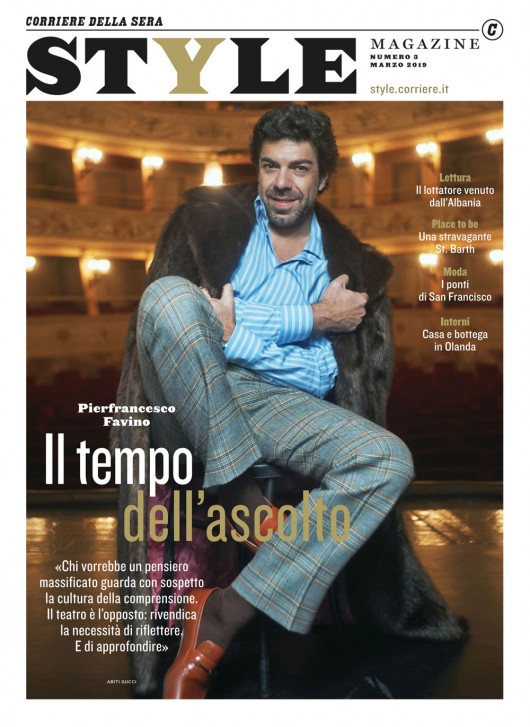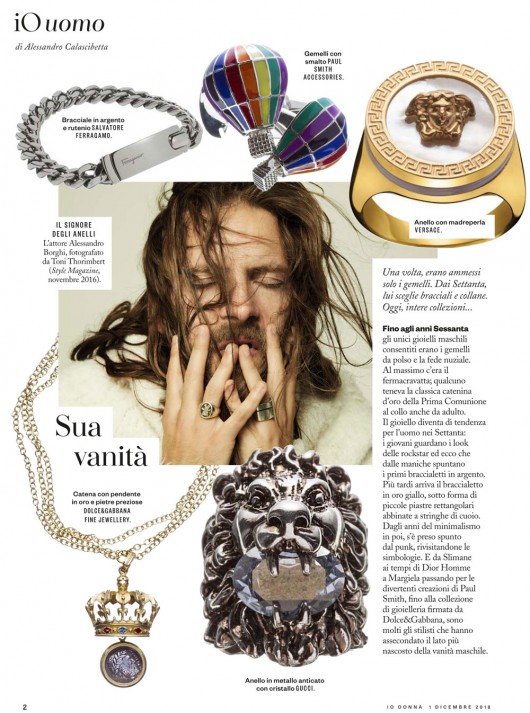
Gainsbourg Icon. Serge Gainsbourg, the bad boy of french pop, was said to be arrogant and violent and that his lifestyle dissolute; the label of “beautiful and damned” doesn’t fit him that much, because he was certainly not “beautiful”. But “damned”, probably, yes. Anyway the unkempt appearance it’s still somehow quite attractive related to the idea of a kind of devious and eccentric men, defined as artists and uncommon person, so that he’s become a real icon, and his style it’s being re-proposed to represent a certain nonchalant fashion. Tom Ford In 2002, during his time as creative director for Gucci, designed a collection feauturing extremely comfortable silhouettes made from soft and fluid fabrics like jersey and wool cloth. Although the reviews were enthusiastic, the collection didn’t have the expected results. The same thing happened, more recently, for Zegna collections by Stefano Pilati. I have already written about how oversize fashion still can’t find its way to the general public’s heart, for now. I personally like it, but I recognize its limits.










